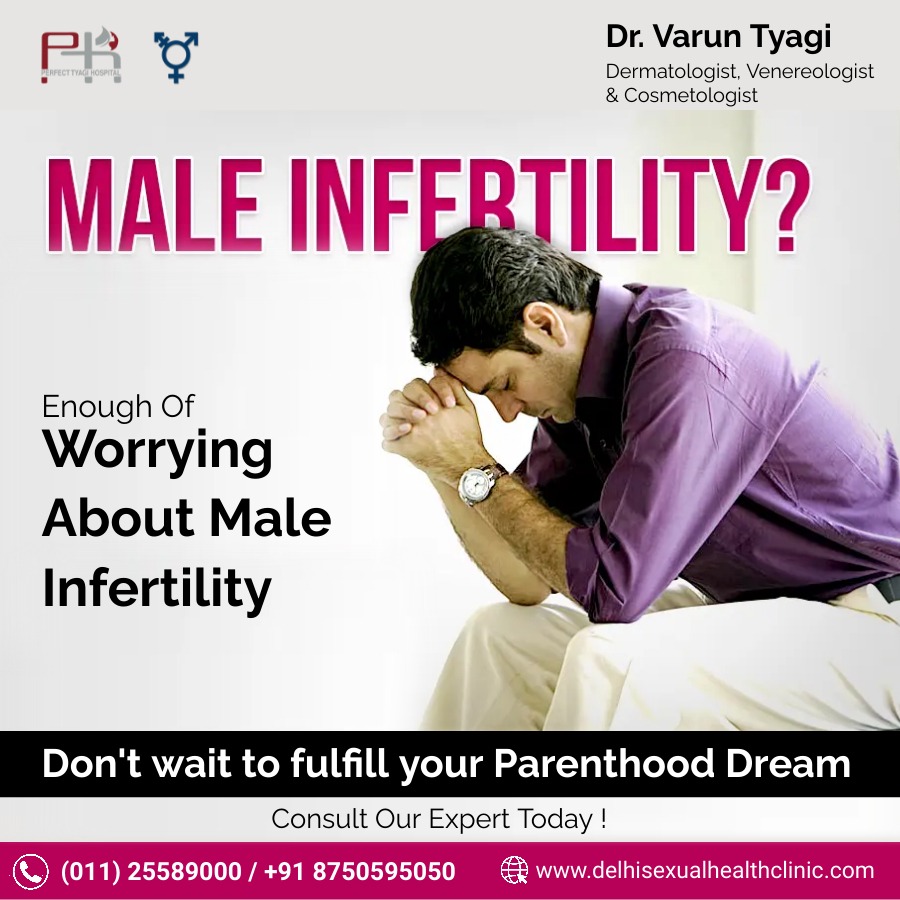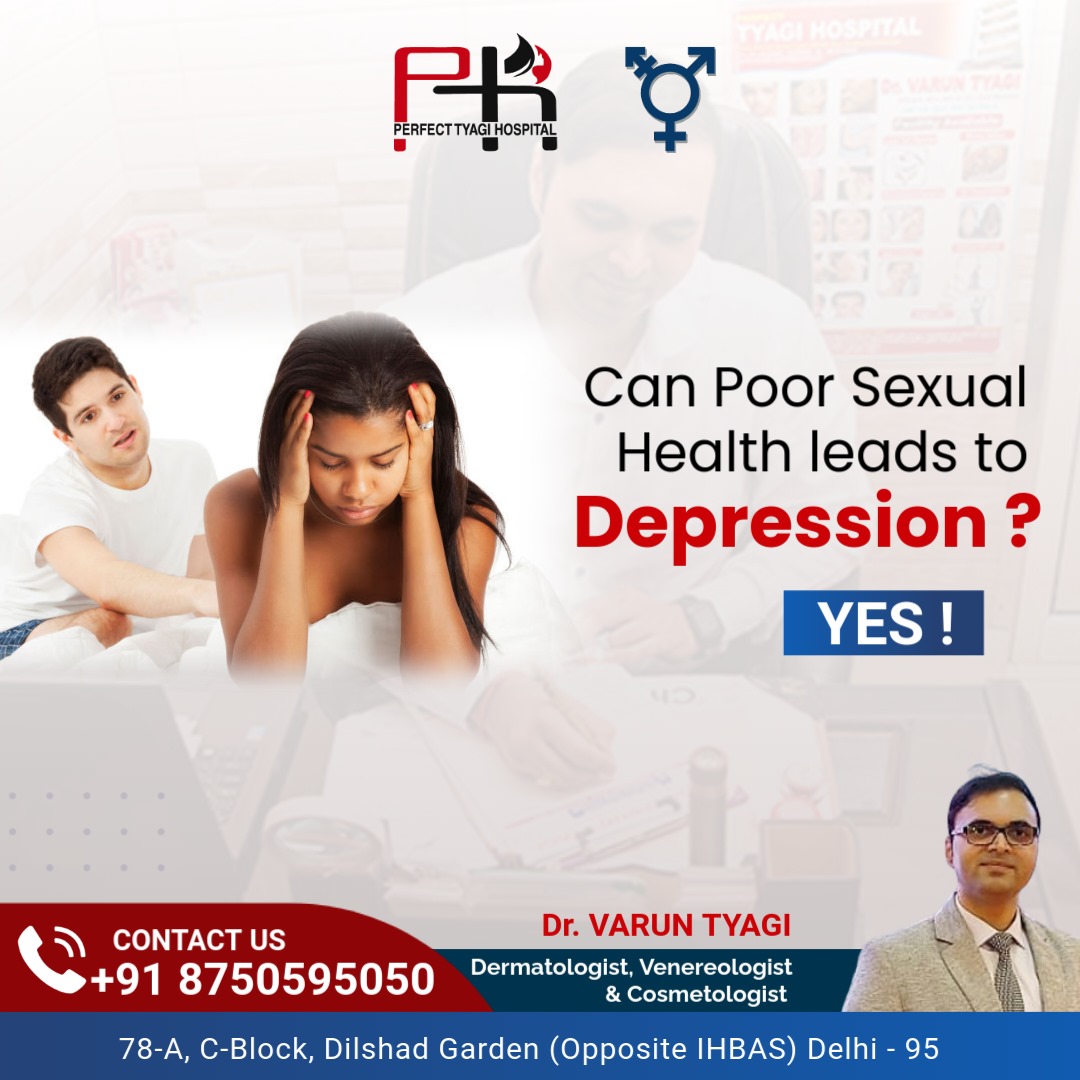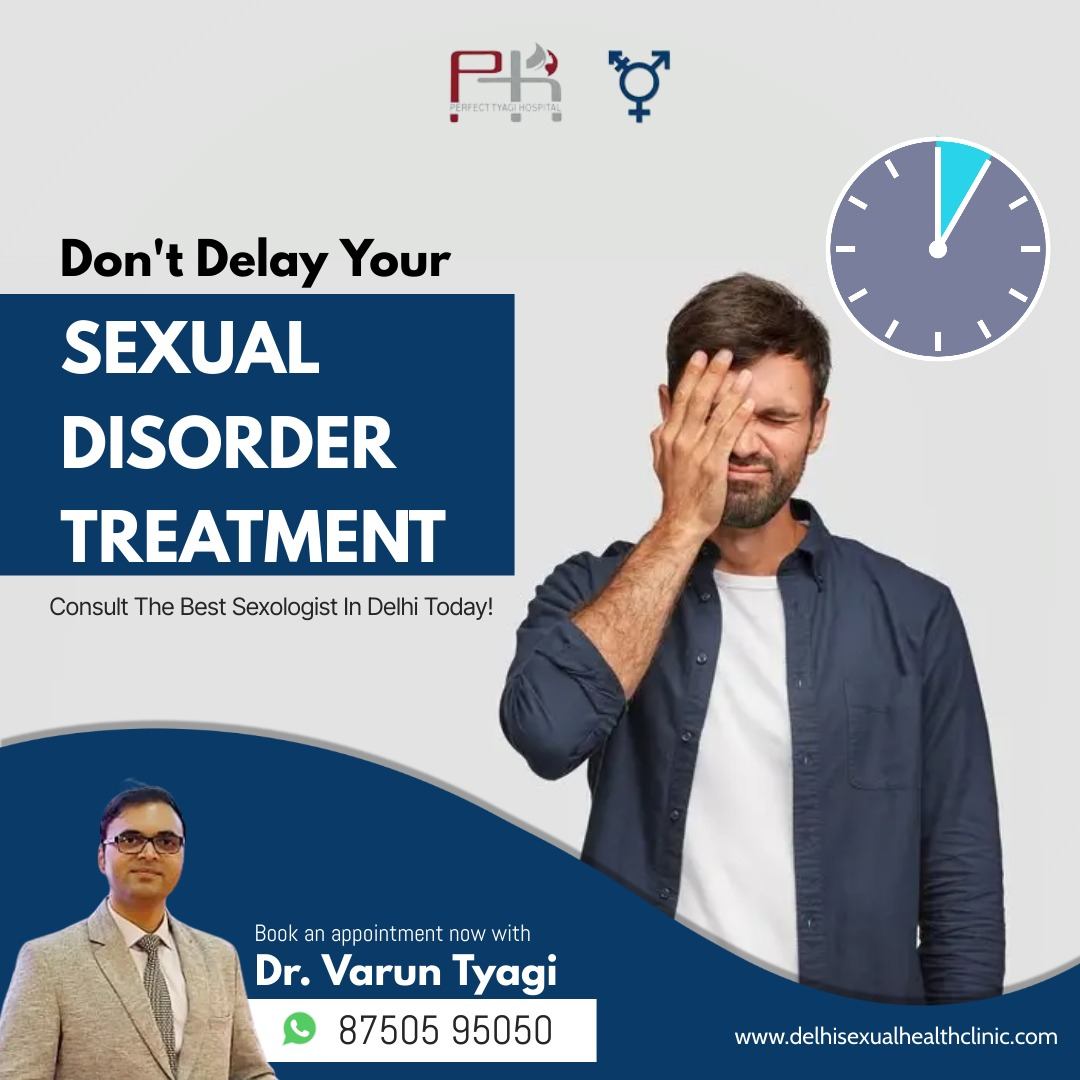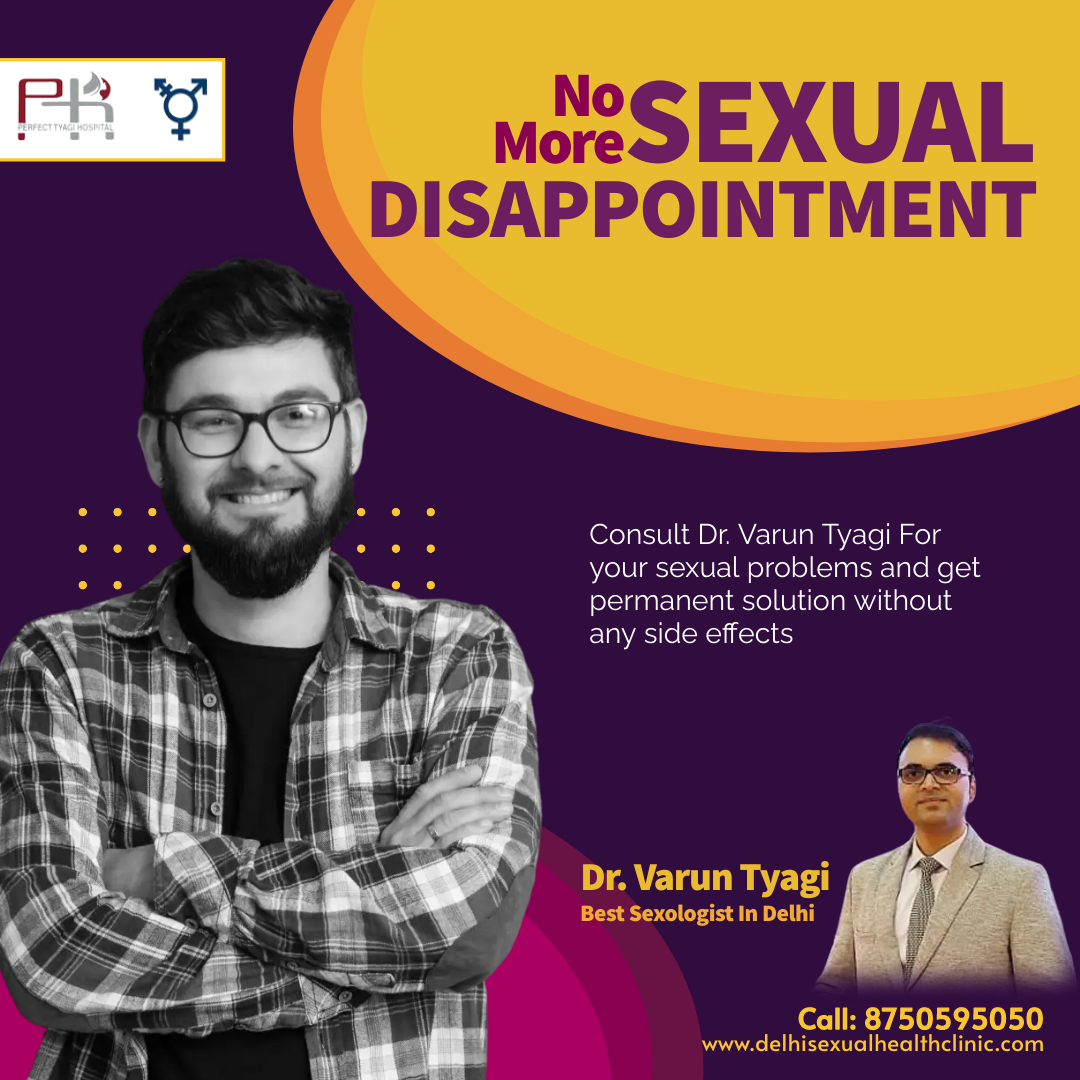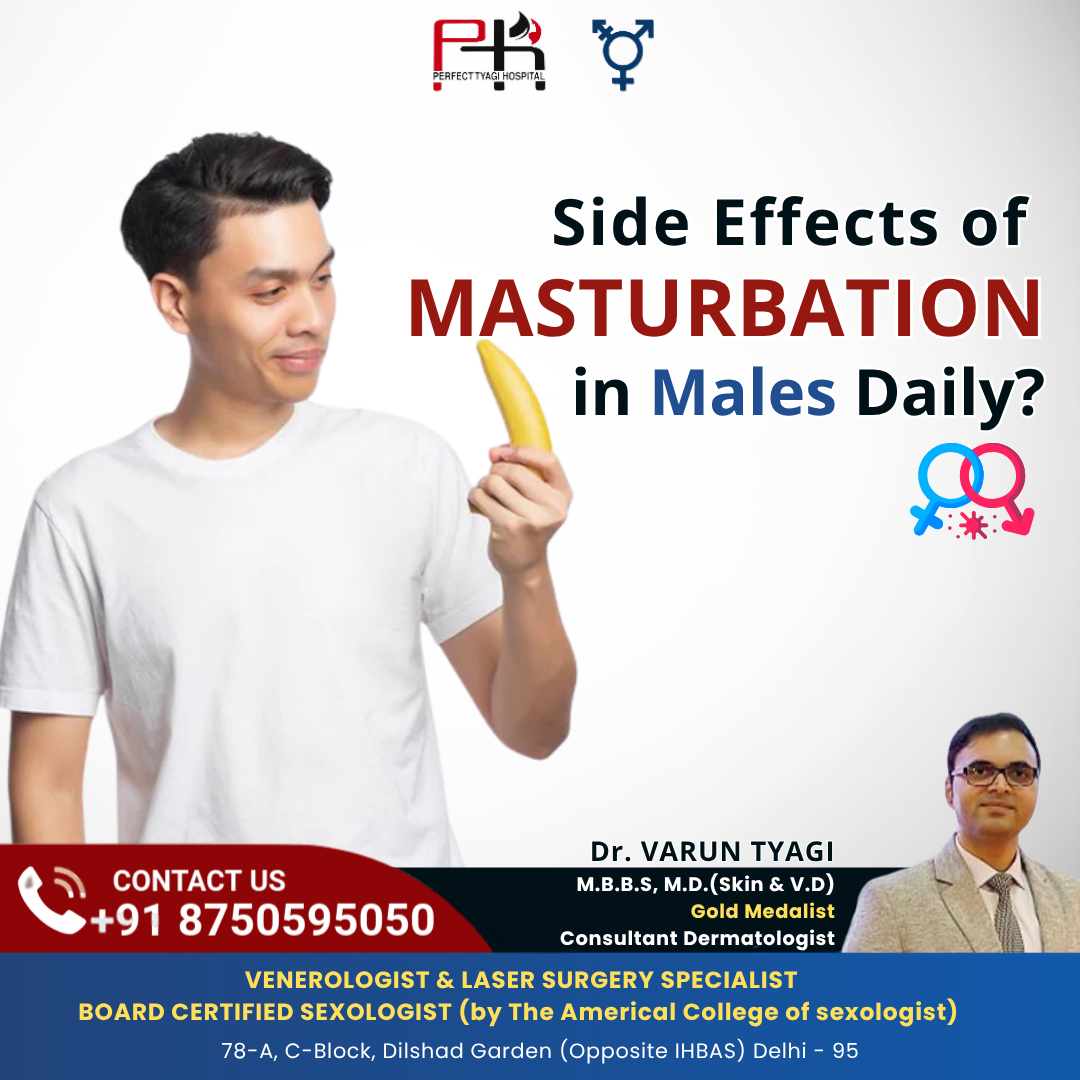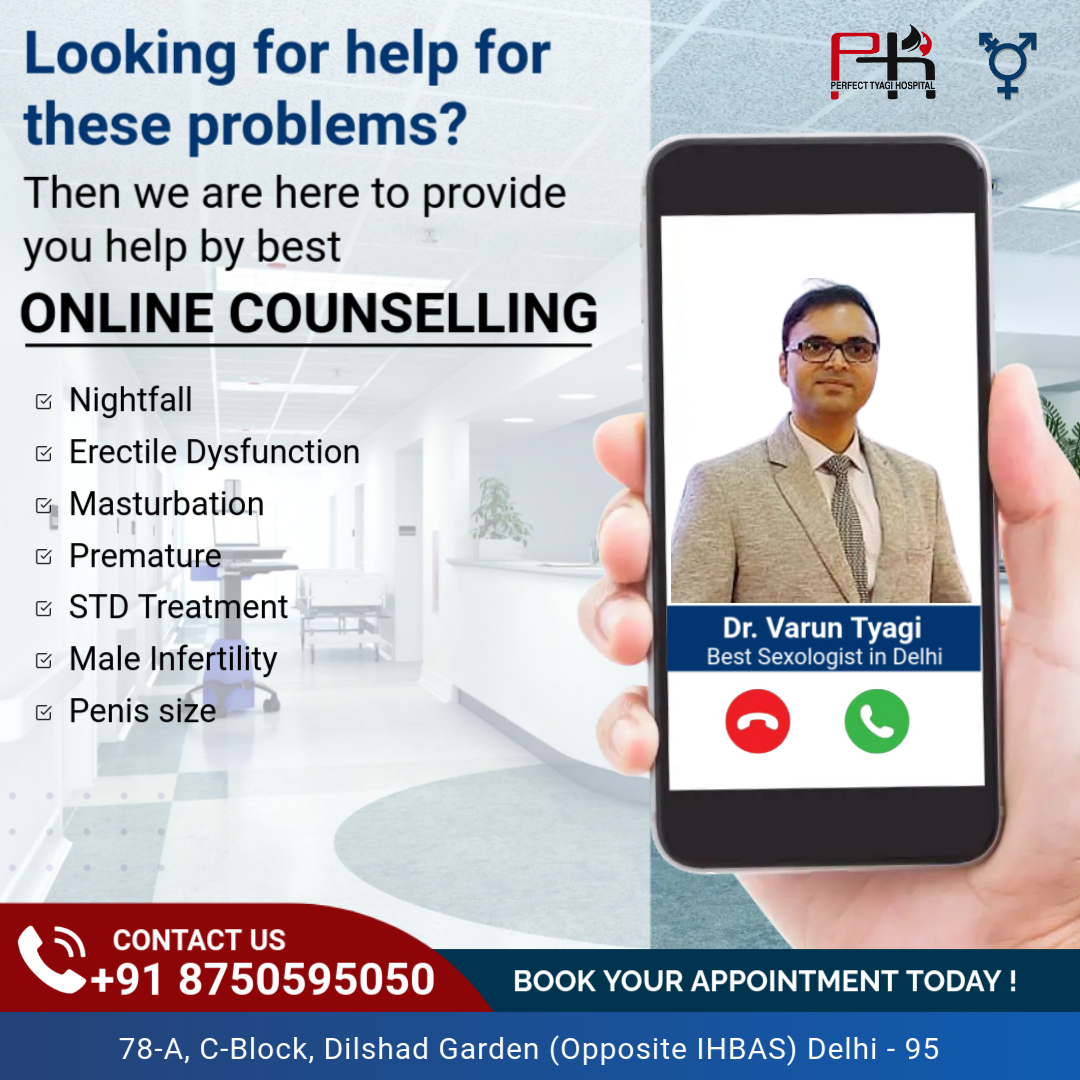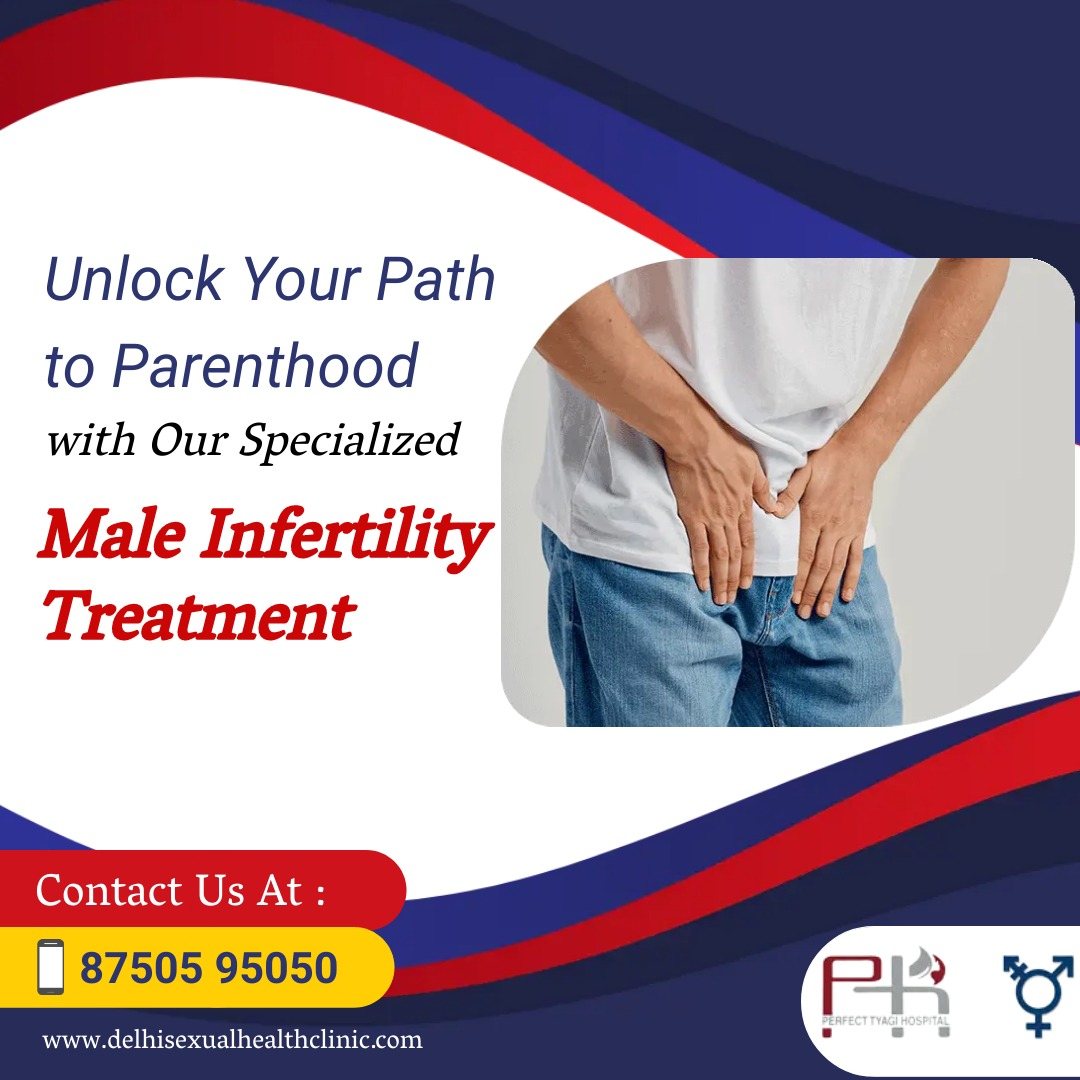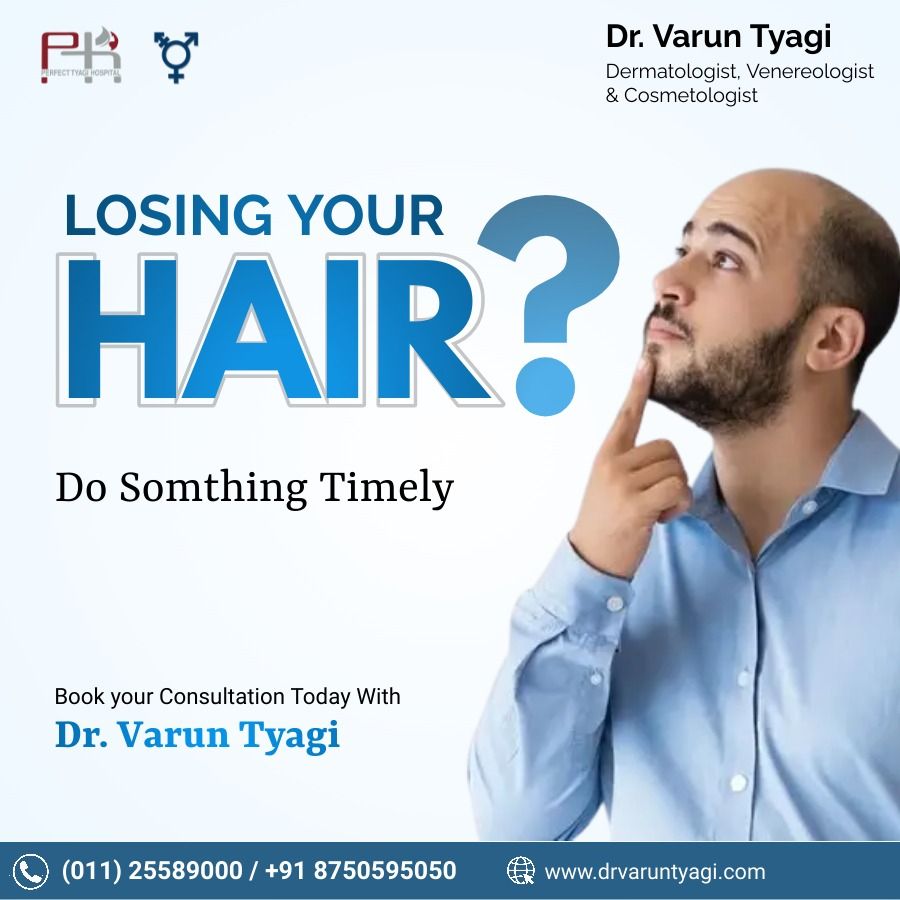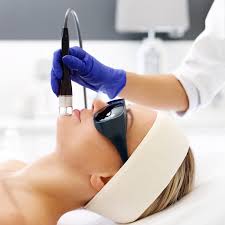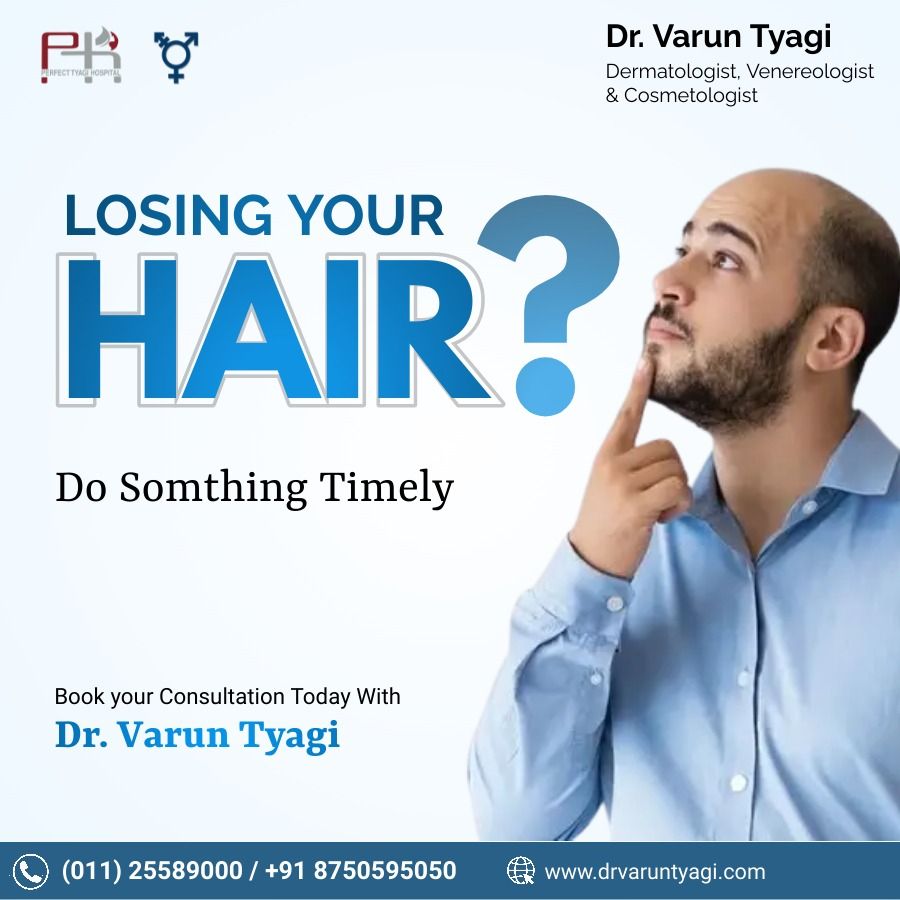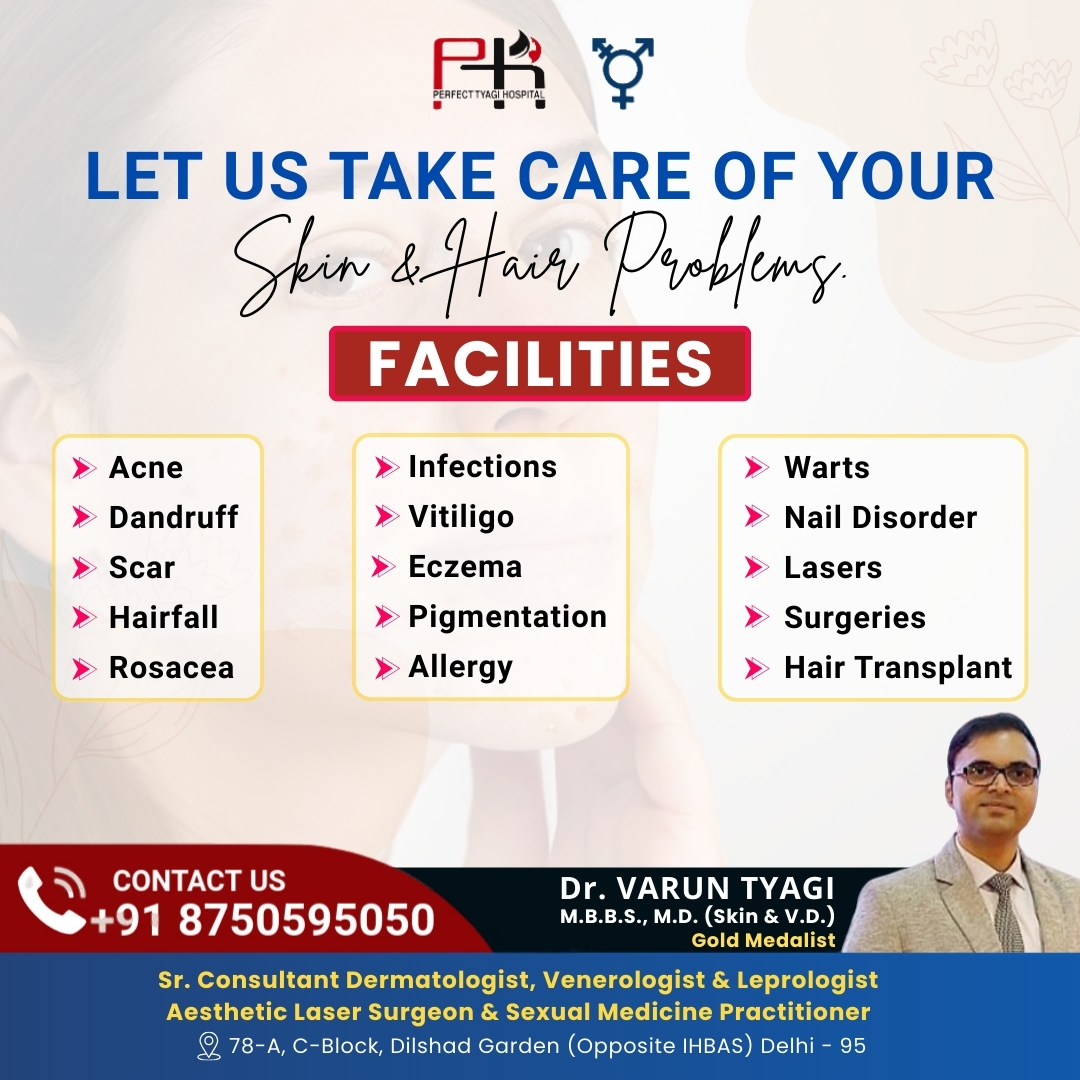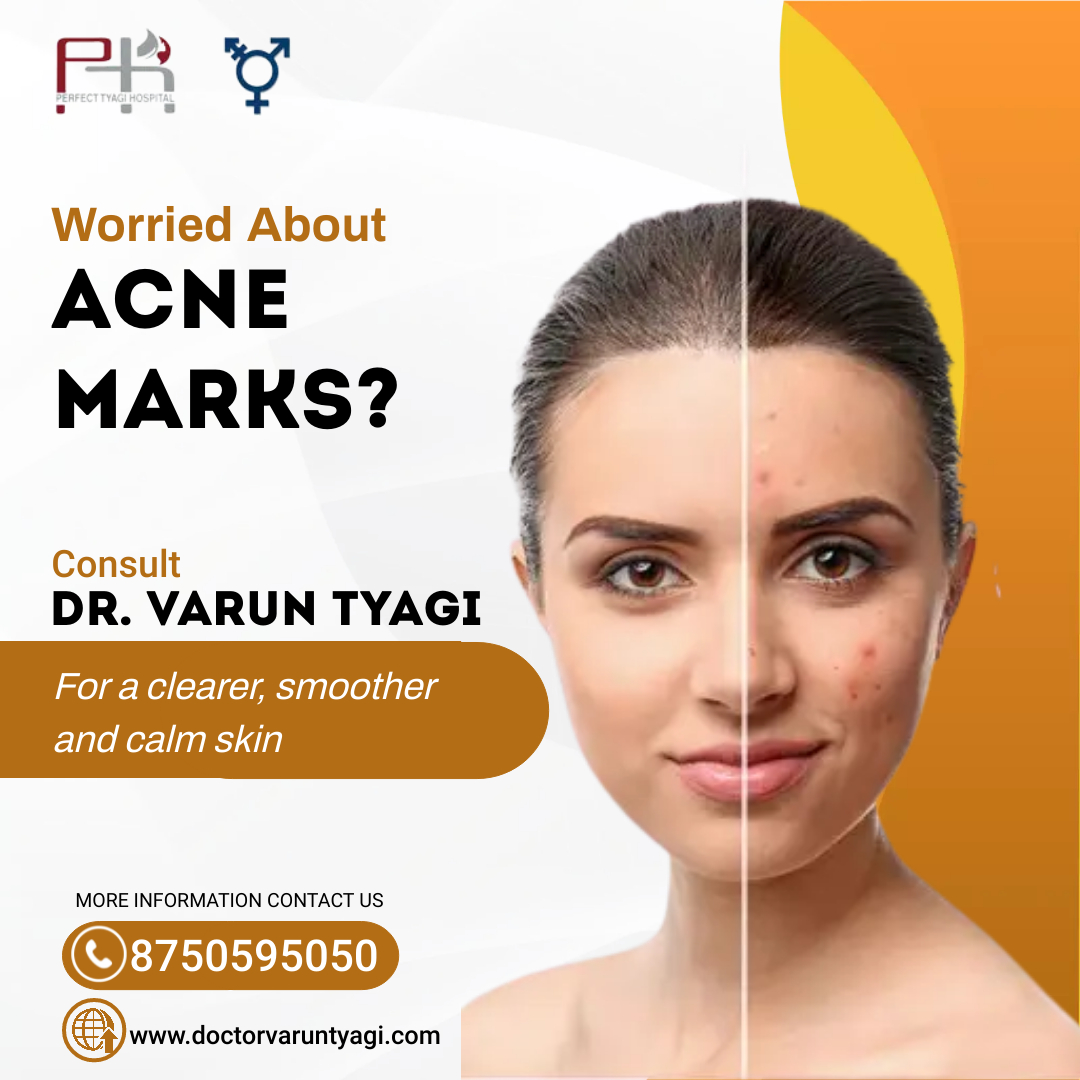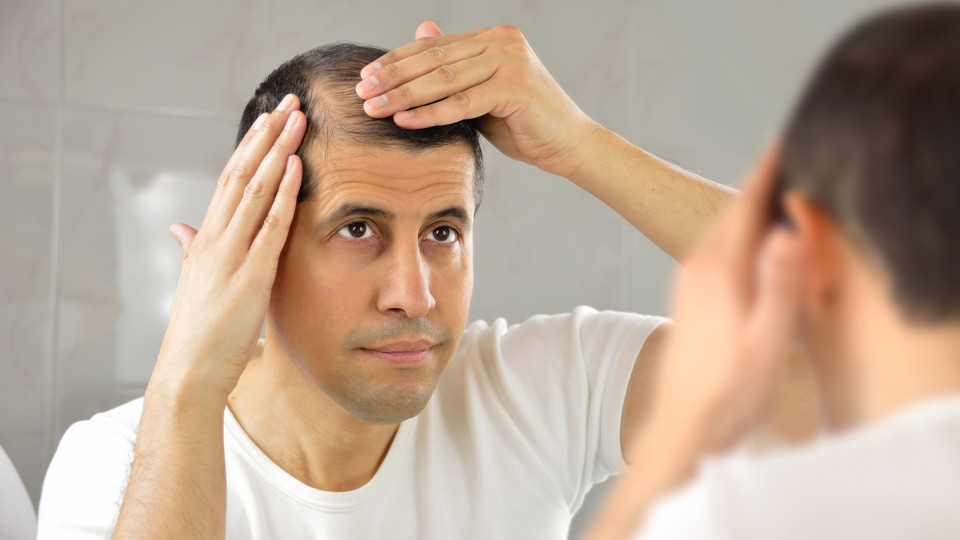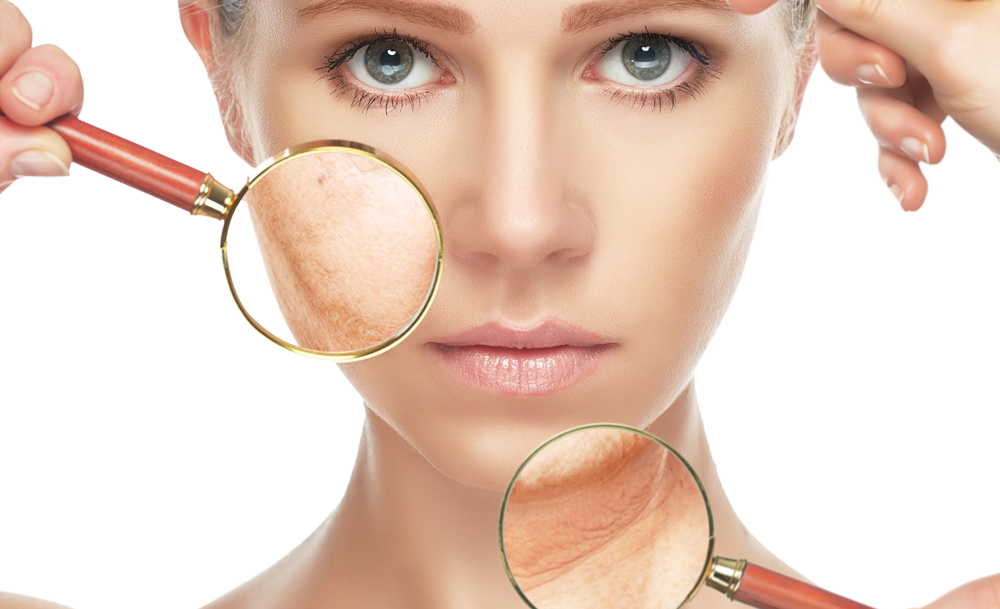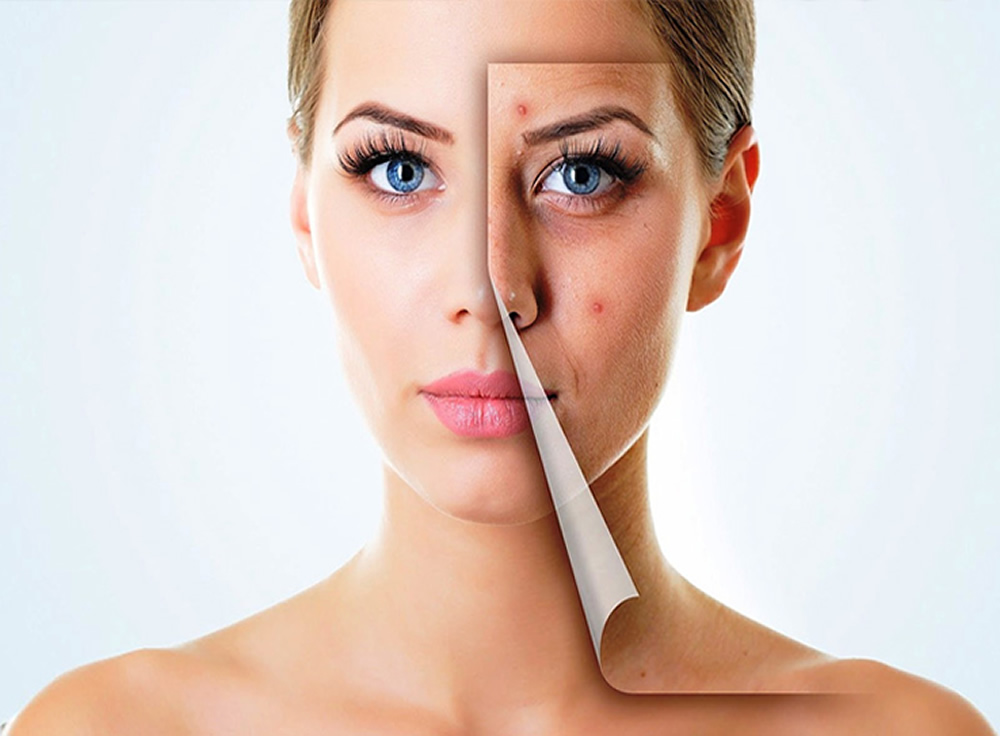Female sexual dysfunction occurs when a woman is not able to fully, healthily, and pleasurably experience some or all of the various physical stages the body normally experiences during sexual activity. These stages can be broadly thought of as the desire phase, the arousal phase, and the orgasm phase. Sexual dysfunction also includes painful intercourse.
Many women experience problems with sexual function at some point, and some have difficulties throughout their lives. Female sexual dysfunction can occur at any stage of life. It can occur only in certain sexual situations or in all sexual situations.
Sexual response involves a complex interplay of physiology, emotions, experiences, beliefs, lifestyle and relationships. Disruption of any component can affect sexual desire, arousal or satisfaction, and treatment often involves more than one approach.
Read on to understand about the different indicators of female sexual dysfunctions:
- Extreme pain in vagina during penetration of penis for sexual intercourse
- Disinterest in sex (low libido)
- Not able to get aroused for sex even if interested to do it
- Trouble in getting an orgasm
Symptoms and Complications
Women who do not enjoy satisfying sexual experiences with their partners often report the following:
- lack of sexual desire (low libido)
- inability to attain an orgasm
- reduction in the intensity of orgasm
- pain or other distress during penile penetration
- an inability to fantasize about sexual situations
- indifference to, or repulsion by, having sex
- feelings of fear or anger towards their partners
Most often, any of these responses have psychological complications. Whether the symptoms are due to physical factors, such as menopause, or have their origins in more deep-seated psychological triggers, many women are likely to feel inadequate or dysfunctional. They blame themselves for not being sexually responsive, have trouble explaining to their partners about how they feel, and experience low self-esteem as a result.
What are the treatments available for female sexual dysfunction?
Treatments generally depend upon the gravity of the ailments. Some treatment methods are simple in nature, while some complex and others with manifold treatment approaches:
- Talk therapy or seeking counseling from the best sexologist is the first step towards treatment of female sexual disorder. The patient can get a better understanding of her ailment and learn about various methods through which she can be able to improve her sexual urge and perform sexual intercourse confidently.
- If you are fearful of the penis penetrating your vagina, it is advised to have a thorough talk with your partner and create a suggestive environment and initiate foreplay without actually committing to the sex act. When you get comfortable by doing so, maybe within a week or two, you can proceed further to the finale.
- If hormonal deficiency is evident, taking hormonal injections and medications can nip the root cause of the ailment.
- Prior to having sexual intercourse, the female can apply vaginal lubricants to reduce extreme pain stimulations during the sex act
- Stimulating the clitoris with vibrators or clitoral vacuum devices to enhance arousal for sex and attaining an orgasm
- Medications to increase the libido level for sexual arousal in the vagina
- Changing to medicines that have no side effects on the sexual drive
- Treatment of thyroid
- Treatment of depression and anxiety related disorders
The first step in managing female sexual dysfunction is to see a health care provider for assessment and appropriate treatment.
Consult Dr. Varun Tyagi if you suddenly have pain or unusual symptoms during sex, like a headache, or if you think you’ve been exposed to a sexually transmitted disease.


























